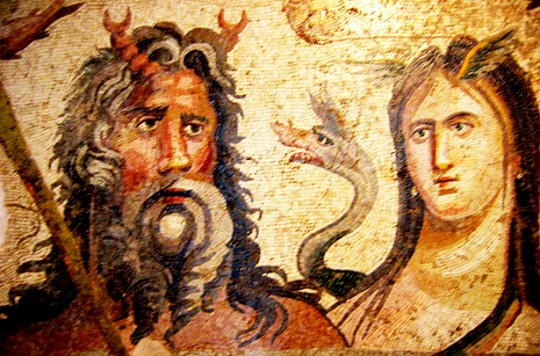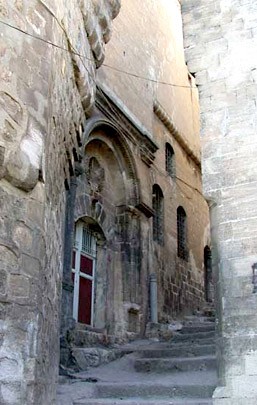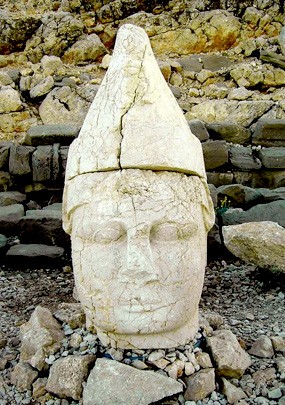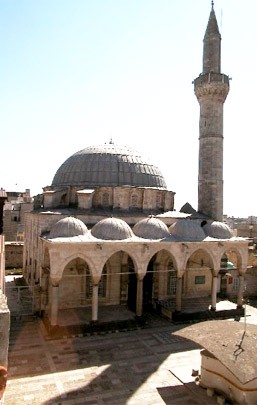SOUTHEAST
Eyes of Zeugma are looking for your visit…
It is almost difficult to stomp one’s toe without uncovering some relic of region’s ancient past. In Mesopotamia -the land between two rivers- civilizations flourished which were to have the greatest impact on the history of humankind.
The mouth of the basin, into which the Fırat (Euphrates) and Dicle (Tigris) Rivers inject life, was once known as northern Mesopotamia. This region in Southeastern Turkey, bending like a bow along the slopes of the Taurus Mountains and extending to the Syrian and Iraqi borders, has always been a crossroads of peoples and cultures. Invading armies have crossed it for centuries, as did caravans on the famous Silk Road and many migrant peoples have camped out there.
Assyrians, Persians, Romans, Byzantines, Arabs, Seljuks, Mongols, Memluks, Karakoyunlus, Artuklus, Akkoyunlus, Safevids and Ottomans… all these peoples, states and empires have left their marks on Mardin, the city of rocks. The stone houses, masterfully and elegantly built on the steep slopes, achieve an extraordinary harmony between climate, geography and architecture. The civilizations and culture of thousands of years are reflected in the staircased streets, small squares and the traditional dwellings of the city.
Şanlıurfa is one of the world’s oldest centers of ancient religions, was important for both monotheist and polytheist religions. While Harran and Soğmatar were important cities for paganist Assyrians and Babylonians; Prophet Abraham, was known as the predecessor of Judaism, Christianity and Islam, was born in the city of Şanlıurfa.
On the Peak of Nemrut Mountain near Adıyaman, colossal statues of divinities salute the sunrise each and every morning. This open-air temple, considered the eighth wonder of the world, is dotted with ten-meter high statues of deities made of cut stone, and pyramid shaped tombs. How these stones were carried to an altitude of 2000 meters remains an unanswered question.
Antakya, the city where history reflected in mosaics, situated in a fertile plain irrigated by the Asi River and surrounded by mountains, was the rival of Alexandria when it was made the capital during the reign of the Seleucids. During the Roman era it became a centre of culture and science, proud of its libraries, bathhouses, temples, public buildings and with a majestic column-lined avenue which crossed the city from one end to the other.
In ancient times the city was known as Antioch and has historical significance for Christianity, being the place where the followers of Jesus Christ were called Christians for the very first time. Its museum is rich with sculptures, architectural fragments and a rich collection of Roman mosaics depicting the life of the city 1500 years ago.
Agriculture has long been the predominant economic activity in the area. Some 10,000 years ago, many wild animals and plants were domesticated on these plains. Today, the Southeastern Anatolia Project (GAP) is poised to transform the conditions radically in this region by setting up a vast irrigation system which will in return result in a dramatic increase in agricultural production. The GAP is a technological and sociological monument of civilization presented to future generations.
Eyes of Zeugma are looking for your visit…
Turkey | Eastern Anatolia











